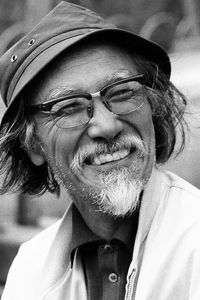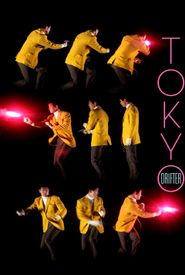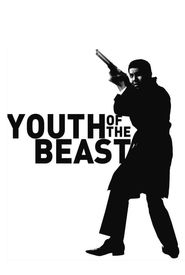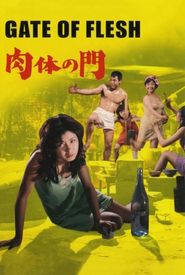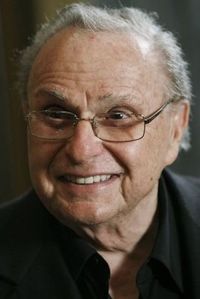Seijun Suzuki, a renowned Japanese filmmaker, was born on May 24, 1923, in the bustling city of Nihonbashi, Tokyo. His early life took a dramatic turn in 1943, when he enlisted in the army to serve on the front lines. After the war, Suzuki enrolled in the prestigious film department of Kamakura Academy in 1946 and successfully passed the assistant director's exam.
Following his academic pursuits, Suzuki worked as an assistant director at various studios, honing his skills and gaining valuable experience in the film industry. His big break came in 1958, when he directed his first film, "Victory Is Ours." This marked the beginning of a prolific period in Suzuki's career, during which he directed three to four films annually.
However, his success was short-lived. Suzuki's 1967 film, "Branded to Kill," clashed with Hori Kyusaku, the president of Nikkatsu Studios at the time, leading to a ten-year hiatus from theatrically released films. During this period, Suzuki focused on television work, where he continued to develop his craft.
Suzuki's return to theatrically released films came in 1977 with the critically acclaimed "A Tale of Sorrow and Sadness," which showcased his unique storytelling style and artistic vision. This film marked a new chapter in Suzuki's career, cementing his status as a pioneering figure in Japanese cinema.
